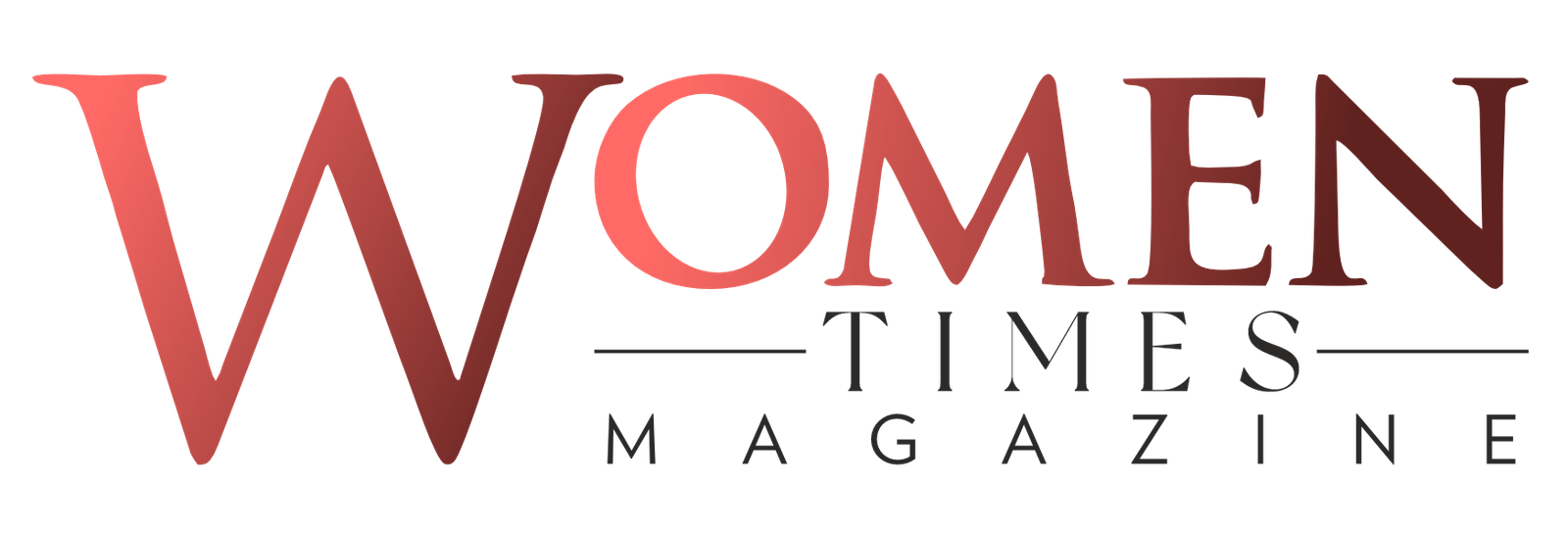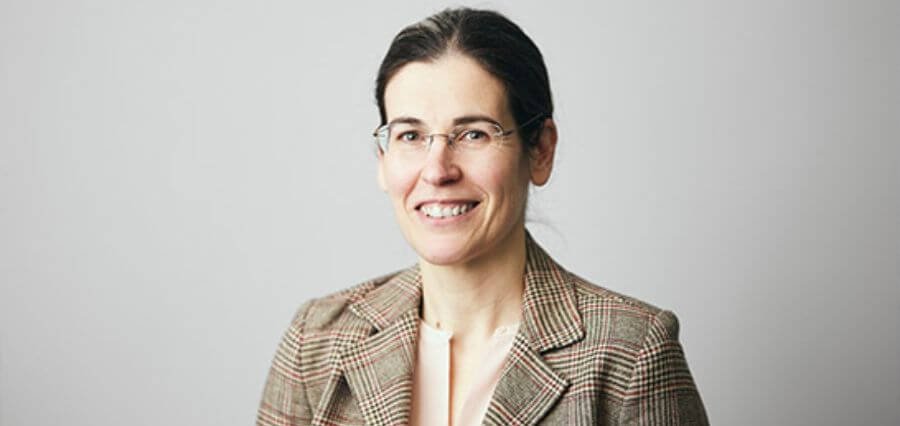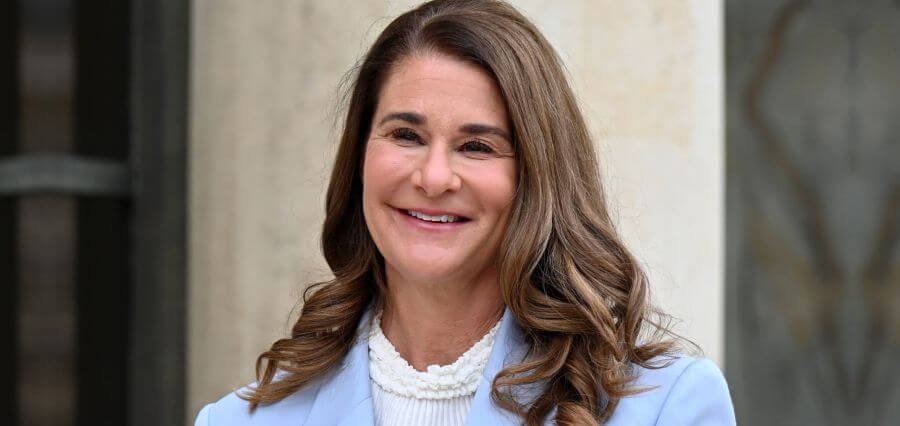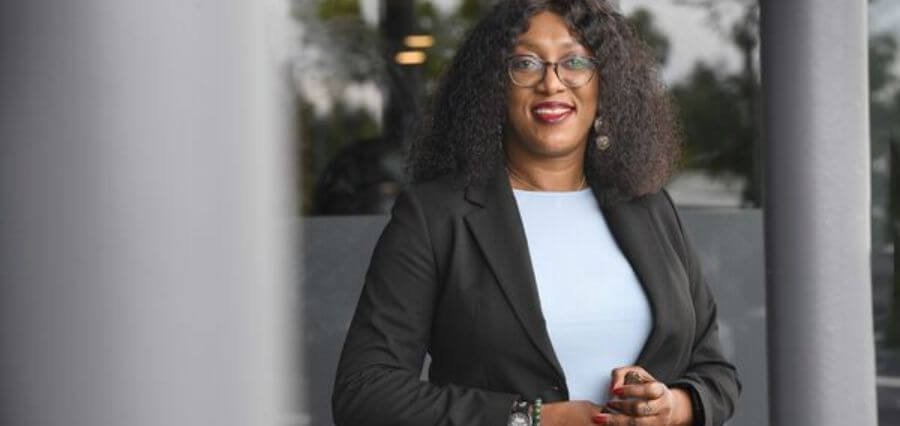Building Relationships and Working Effectively with Oversight Committees!
When faced with an intimidating task or problem, it’s natural to feel apprehensive or uncertain about how to proceed. However, it’s crucial to recognize that taking on challenges and making informed decisions are essential for personal and professional growth.
Whenever someone in leadership has asked Catherine Szpindor to take on a new project, even if it’s something she’s not familiar with, her approach has always been, “I’ll learn how to do it.” As the first woman to be the Chief Information Officer and Chief Administrative Officer at U.S. House of Representatives, she is proudly dedicated to serving Members and their staff.
While Catherine had not anticipated moving back to the D.C. area and had never worked for the federal government, she was intrigued by the opportunity to interview and learn more about the position. For her, this starts with learning about her staff and working to ensure they can grow and succeed.
Let us learn more about her journey:
From Unexpected Turns to Historic Firsts
Catherine’s career path is a testament to her resilience and adaptability. After retiring from the private sector in 2006, she returned to work as Vice President of Technology at Thomas Nelson (now Virginia Peninsula Community College).
In 2010, an unexpected opportunity arose. A former colleague called about a position at the U.S. House of Representatives. Though hesitant about relocating and unfamiliar with federal government work, Catherine’s curiosity led her to an interview.
Her experience and leadership qualities impressed the Chief Information Officer, and she was hired as a Director of Enterprise Applications. Catherine tackled the challenge head-on, fostering improved team communication, project management, and overall practices. The team thrived under her guidance, and she reveled in working with exceptional talent.
Initially planning a five-year stint, Catherine was entrusted with even greater responsibilities. In 2014, she became Deputy Chief Information Officer, followed by Acting Chief Information Officer in 2015. In December 2015, she was appointed Chief Information Officer, leading a team of nearly 500 employees and contractors.
Retirement beckoned once more in November 2020. Yet her expertise was highly sought after. In January 2021, she returned to the U.S. House of Representatives. A historic moment followed: on January 3rd, she was elected by the Members of the 117th Congress, to become the first woman to hold the Chief Administrative Officer (CAO) position. Re-elected in 2023, Catherine continues to break barriers.
Leading a team that provides over 100 services to House Members and staff, Catherine focuses on technological advancements, strong leadership, and, most importantly, employee success. Recognizing their vital role, she empowers her team and fosters a culture of continuous improvement.
Catherine’s journey exemplifies the beauty of embracing challenges and unexpected turns. Her scars—transitions and pivots—are not blemishes but markers of her growth and unwavering commitment to serving others. As CAO, she has cultivated strong relationships with the House Administration Committee, while gracefully navigating a bipartisan environment.
Ensuring Smooth Operations for the U.S. House of Representatives
Catherine serves as the Chief Administrative Officer (CAO) for the United States House of Representatives. Established in 1995, the CAO’s office functions as a bipartisan office supporting the House community. It offers various administrative, technical, and operational solutions to House Members, Officers, and staff. From the financial experts to the skilled craftspeople who maintain the historic furniture, the CAO’s diverse teams work collaboratively to ensure the House’s smooth and efficient day-to-day operations.
Throughout her career, Catherine has cultivated a passion for understanding the unique cultures and needs of each organization she’s worked for. She thrives on opportunities to improve operations by implementing technology solutions, streamlining processes, and strengthening project management. Furthermore, she champions employee development through practical training and strategic hiring practices. By applying this approach within the CAO, Catherine continuously seeks ways to enhance the work environment and support the House community to fulfill their constitutional duties.
Navigating Unique Needs in the House of Representatives
While Catherine finds the core aspects of understanding organizational needs similar in both sectors, the processes and policies differ significantly. In the private sector, she focused on business-specific rules, reporting structures, budgets, and approvals, which often varied by department. This allowed her to understand each department’s unique needs deeply.
The House presents a distinct challenge—each Member’s office functions as a small business with its own needs, processes, and challenges. The CAO must cater for 435 Members, each requiring a nuanced understanding from the staff.
Furthermore, Members and their staff are under immense time pressure due to constituent service and congressional duties. Despite focus groups and agile techniques, gathering detailed requirements to tailor services takes a lot of work. The added complexity comes from frequent turnover—every two years during elections and also due to special elections and mid-term resignations.
Education and Career Growth
Catherine entered the Human Resource Management field after 16 years in technology. Confident in her technical skills and already leading and training new employees, she sought to develop her management and leadership abilities formally.
The lessons in organizational development, staff development, and personnel practices resonated with her, and their learnings continue to shape her approach to leading and managing teams. Notably, Catherine firmly believes that employees are the backbone of any organization and hold the key to its success.
Contrasting Public and Private Sector IT
Catherine highlights a critical difference between IT initiatives in the U.S. House and her private sector experiences at Thomas Nelson Community College and Sprint. The private sector focused on supporting specific user groups, like faculty and staff at the college or customer service departments at Sprint.
In the House, however, consistency takes center stage. The CAO’s IT team ensures consistent service delivery across all aspects of technology, from telecom and voice communications to data center infrastructure, while adhering to strict cybersecurity protocols. This overarching focus on consistency for all Members, regardless of department, is a distinct characteristic of the House’s IT landscape.
Building from the Ground Up
A clear mission from the president marked Catherine’s arrival at Thomas Nelson Community College. He outlined a three-year plan focusing on enhanced technology operations, improved staff practices, and managing the technology buildout for a new Williamsburg campus. Additionally, he emphasized the creation of a modern and secure data center to serve multiple campuses.
Leveraging her experienced staff, Catherine updated the existing data center at the main campus, prioritizing security and system upgrades. Her team meticulously planned the new data center’s details and ensured the installation of modern video and network equipment in each new classroom. They also actively participated in the college system’s rollout of a new PeopleSoft student services application.
After three years of completing the new campus, Catherine accomplished the set goals, marking the beginning of her second retirement.
Leading from Within
The House Chief Administrative Officer’s (CAO’s) role resembles that of a CEO managing various operational units within a company. Both require a deep understanding of their respective organizations’ internal workings. For a CAO, this entails familiarity with finance, procurement, logistics, technology, cybersecurity, and human resources departments. Just as a CEO must understand the industry and business landscape, a CAO needs to grasp the intricacies of Congress, the functions of other House Officers, and their associated responsibilities.
Building trust—upwards with superiors and downwards with staff—is paramount for both. Effective decision-making is another crucial skill. By thoroughly understanding the issues, CAOs and CEOs are better equipped to analyze situations and make well-considered, actionable decisions.
Finally, both positions require innovative thinking and setting a positive example. This translates to genuine care for staff and fostering an environment that empowers them to grow and excel.
Bridging Experience and Education
Catherine’s pursuit of a Master’s degree stemmed from a two-fold desire. Firstly, it offered a comprehensive exposure to technology management and best practices, broadening her knowledge base. Secondly, the degree served as valuable accreditation for career advancement. The coursework gave her valuable insights into strategic planning, accounting principles, and the importance of research and project management.
These skills equipped her to analyze organizational needs and determine the most suitable technology solutions. Although she completed her degree later in her career, Catherine’s experience allowed her to readily apply the learned management techniques and further refine her practical skills.
Leading with Confidence
Catherine’s journey through the technology sector has been marked by a perseverance that transcends the challenges. Early in her career, she often became the sole woman in rooms brimming with men. This disparity persisted as she ascended the professional ladder, as the number of women in leadership thinned with each rung. Yet, these experiences, rather than discouraging her, ignited a passion within Catherine to advocate for and empower other women.
Throughout her career, Catherine actively sought opportunities to champion the cause of women in technology. Her involvement with the Women in Technology organization exemplifies this commitment. Additionally, in 2022, she took a pioneering step by establishing the CAO’s Women as Leaders discussion group.
These initiatives stem from Catherine’s deep understanding of the pressures faced by women, particularly in male-dominated environments. The need to possess all the answers can be a significant hurdle. Catherine, however, champions a different approach. Her philosophy, embodied in her “I’ll learn how to do it” attitude, encourages women to embrace challenges, especially those outside their comfort zones. By fostering a culture of continuous learning and embracing new opportunities, Catherine empowers women to not only navigate the professional landscape: but thrive in it. The scars from navigating a challenging environment have become steppingstones, paving the way for Catherine to become a role model and a source of encouragement for others.
Catherine’s Technology Leadership Tips
- Deep Understanding of Technology: Immerse yourself in the details of various technologies and their potential applications. Catherine emphasizes a thorough understanding of available solutions, both within the organization and the across broader market.
- Solution-Oriented Approach: When evaluating technology, prioritize addressing specific problems. Frame your thinking around questions like: How can this technology effectively solve an organizational challenge? How will its benefits be measured and justified?
- Calculated Risk-Taking: Do not avoid stepping outside your comfort zone and embracing calculated risks. While complete mastery isn’t required, a willingness to learn and ask questions is essential.
- Building a Strong Team: As a leader, foster a supportive environment where your team feels valued and empowered. Remember, success hinges on a high-performing team. Catherine emphasizes the importance of building trust and confidence within your team, enabling them to go the extra mile for project delivery.





